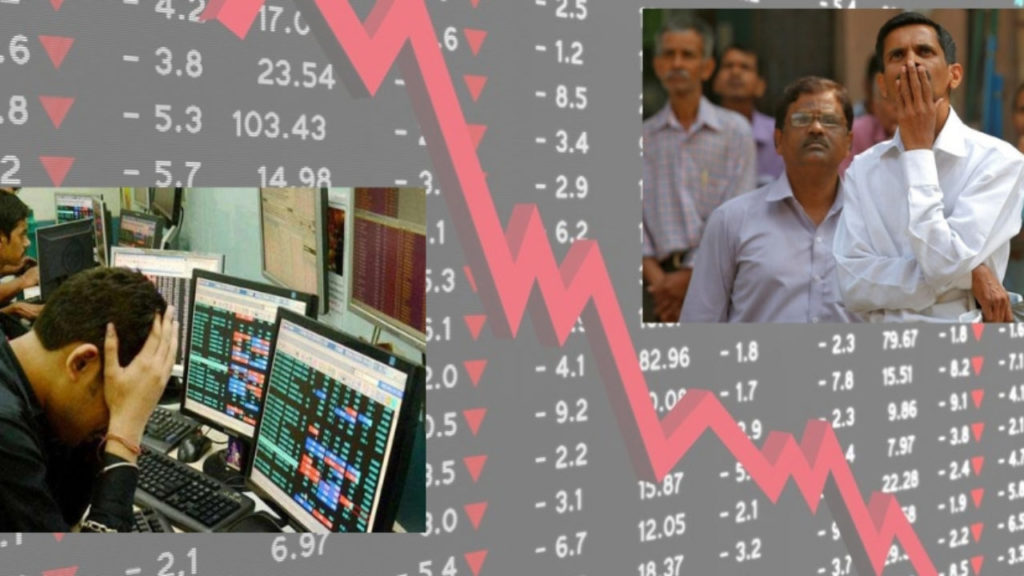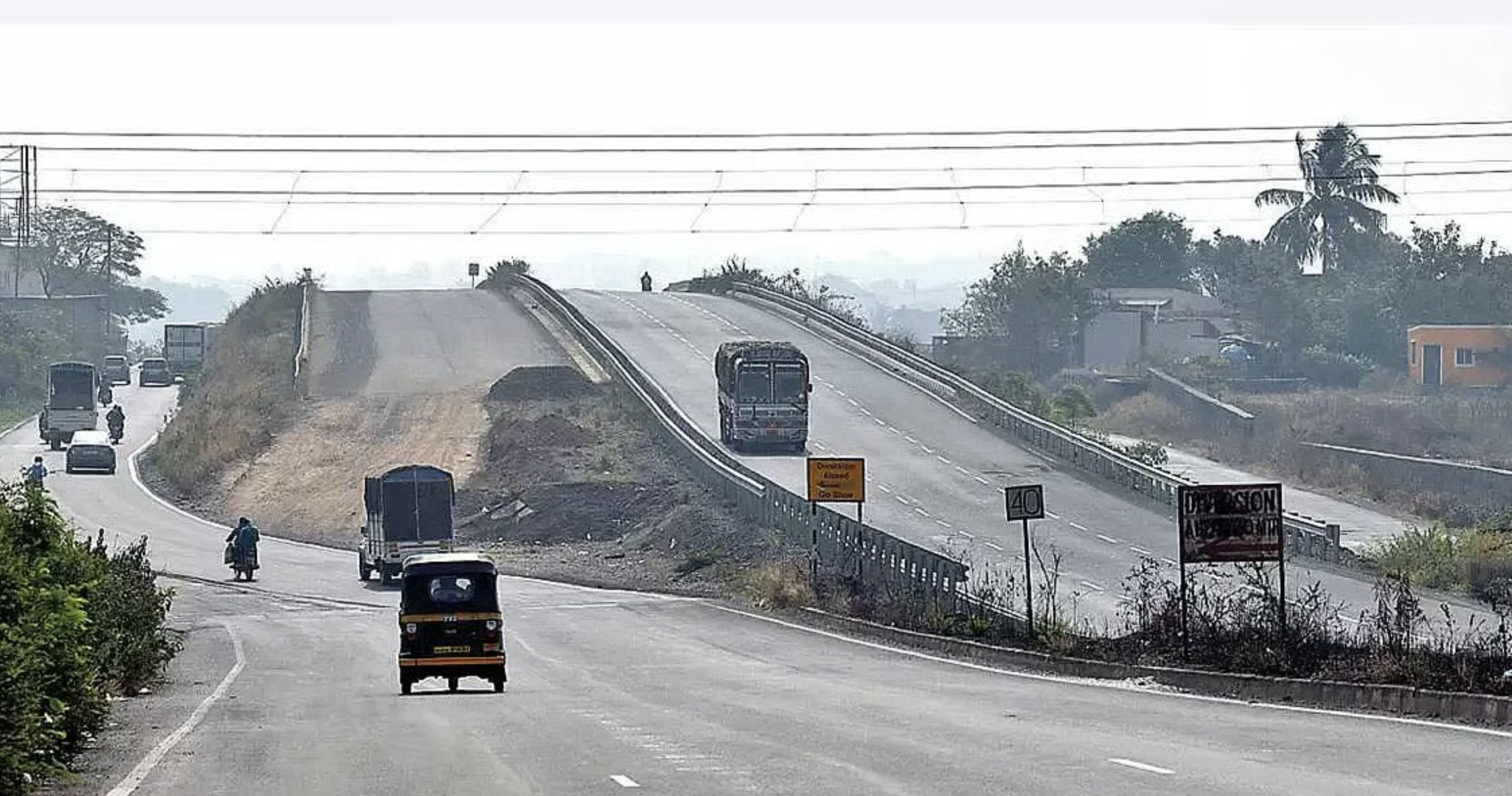When the Indian stock market was trying to recover from the Adani crisis, the failure of Silicon Valley Bank (SVB) and Signature Bank in the US came in as another crude shock.

In turn, the investors became poorer by about Rs 7.3 lakh crore in the last three trading sessions.
Considering the SVB crisis having its rippling effect on global equity markets, Sensex has crashed 2,110 points so far.
During this, the banking stocks were among those worst affected despite analysts and brokerages affirmation that Indian banks are well-placed in a tight regulatory framework.
In the meantime, the Sensex ended 897 points lower at 58,238 and Nifty ended just above the 17,150 mark.
Coming to the Fear gauge index India VIX, it has jumped 20% as all sectoral indices ended in the red.
Not to forget that Small and midcaps were worst affected during this sell-off.
Why Would This Happen?
Below are the key factors that are troubling investors on Dalal Street.
1. SVB Crisis
This has recently affected the investors as the US regulators jumped into action, the failure of SVB and Signature Bank spoiled market sentiments.
It appears that “In a globalized world, a positive or a negative financial event in any known corner of the globe has a ripple effect. There is nothing like ‘decoupled’ anymore, and India is no exception. Any larger contagion effect will impact our markets as well,” said Dalal Street veteran Sunil Sanghai.
2. Global Markets
As we can see that the Asian markets were following cues from Wall Street. For instance last week, the Dow Jones sank 4.4%, S&P 500 dropped 4.5% and the Nasdaq shed 4.7%.
Similarly, Japan’s Nikkei ended 1.1% down while Australia’s ASX 200 ended 0.5% lower, UK’s FTSE 100 lost 2.4%, falling to an over two-month low.
3. Bank Stocks Selloff
On Monday, Nifty Bank lost 2.3% following a global rout in shares of banks.
IndusInd Bank came out as the biggest loser in the pack and ended over 7% lower, PSU bank stocks lost up to 5%.
According to Sharekhan, “The risk of contagion within the banking system looks limited, this is more of a company specific issue and could impact some of the start ups, VC and some limited banks and also in near term could create panic in investors and banking clients,”.
4. Fed Fear
It appears that the chances of a 50 basis point rate hike decreased in the wake of the SVB crisis.
Although, investors are eyeing the February consumer price index and the producer price index for February.
Analysts noted that if the results come in hotter than expected, then simply expect bigger bets of 50 basis points and higher rate hikes.
Goldman Sachs economists no longer expect the Fed to deliver a rate increase next week.
Deepak Jasani of HDFC Securities said, “The risk of a banking crisis highlights the tension between Fed efforts to cool the economy and tame inflation with increasing concerns that 4.5 percentage points of rate hikes in the space of a year will trigger a recession and a collapse in riskier assets,”.
5. Technical Factors
The Nifty has been consolidating for the past many weeks on the weekly charts.
Thus, the prices are gradually shifting their base lower indicating a bearish to sideways momentum.
During Monday’s trading session, the headline index formed a big bearish candle on the daily charts and continued with the formation of lower highs and lower lows on the hourly scale.
“Now, till it remains below 17,250 zone, weakness could continue towards next psychological support of 17,000-16,800 levels while on the upside hurdles are seen at 17350 and 17442 levels,” according to Chandan Taparia of Motilal Oswal.












